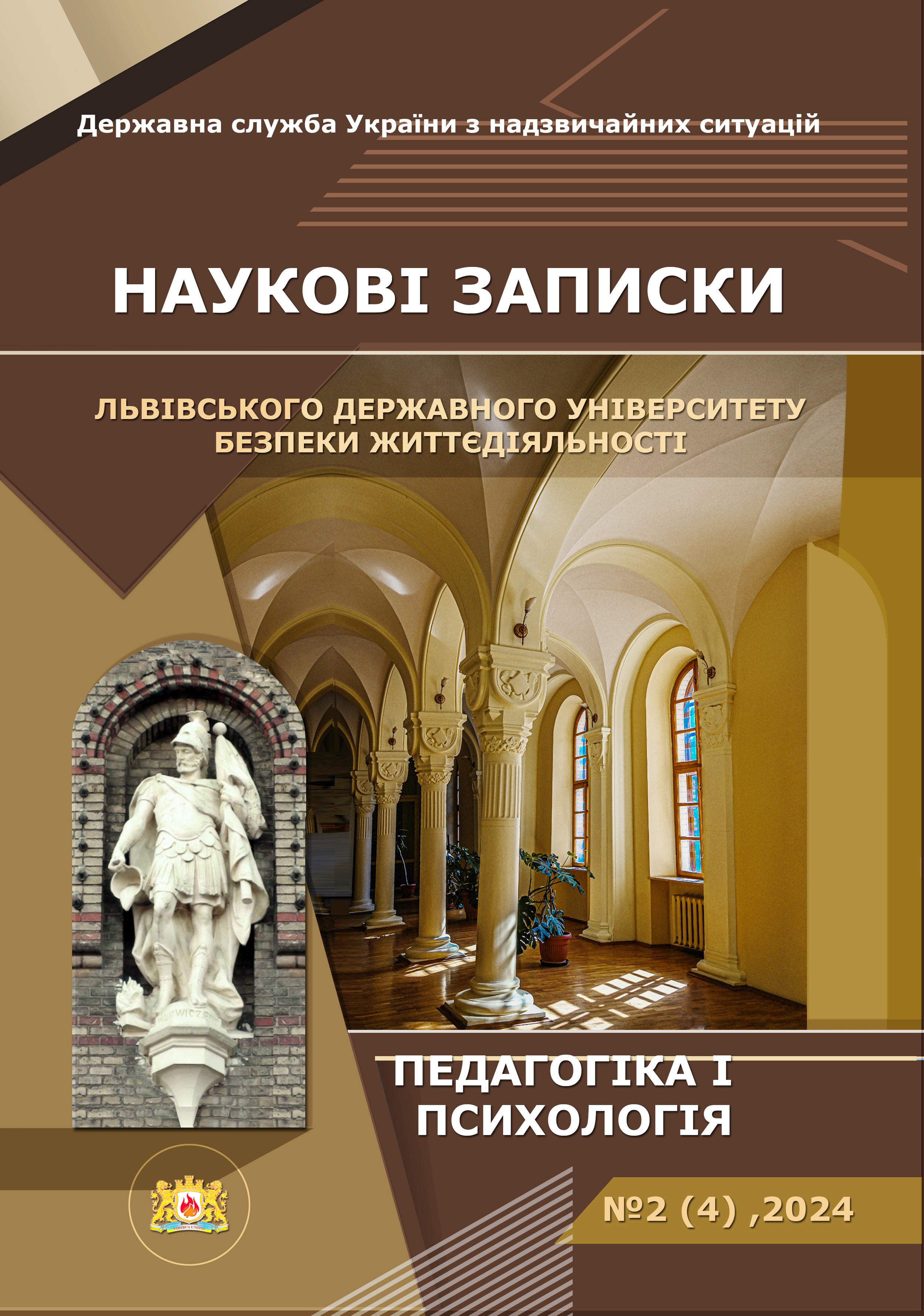ПСИХОЛІНГВІСТИЧНИЙ АНАЛІЗ АРХЕТИПІЧНИХ ОБРАЗІВ, ПОВ’ЯЗАНИХ ІЗ ЧАКЛУНСТВОМ
Анотація
Стаття присвячена психолінгвістичному аналізу архетипічних образів, пов’язаних з чаклунством. Виявлено, що у сучасній культурі різних народів світу існують архетипічні образи, які мають схожість у своїх психологічних характеристиках: Баба-відьма та злий Дід (Україна); баба Яга та Кощій (росія); відьма та чаклун (Західна Європа), тощо. В основі цих фольклорних образів стоять історичні персонажі мага, волхва, жриці, тобто служителів дохристиянських релігійних культів, які володіли надзвичайними здібностями, магічною силою, особливими знаннями. Етимологічний та лексичний аналіз архетипічних образів показав амбівалентне трактування: з одного боку – це мудра жриця, що відає та володіє потаємними знаннями, має надприродні здібності, лікує, вміє передбачити майбутнє; з другого боку – це злий чаклун, що приносить біди, ворог, вміє наврочити та зачаклувати. Встановлено, що чаклунка, чародій, чарівник, відьма, віщунка, відун, характерник, мольфар, знахарка, ворожбит, голдовник, колдун, волхв, жриця, маг, чудесник, шаман – ці всі слова мають подібне семантичне значення: займатися магією, тобто творити чари та дива, ворожити, лікувати та пророкувати майбутнє, при цьому вищезазначені функції в своїй основі доволі часто не несли негативного змісту. Культурологічний аналіз дає підстави стверджувати про спільні риси на символічному архетипічному рівні. Всі вони володіють «магічною силою», яка дає їм можливість використовувати свої надприродні здібності як на добро, так і на злі справи.






